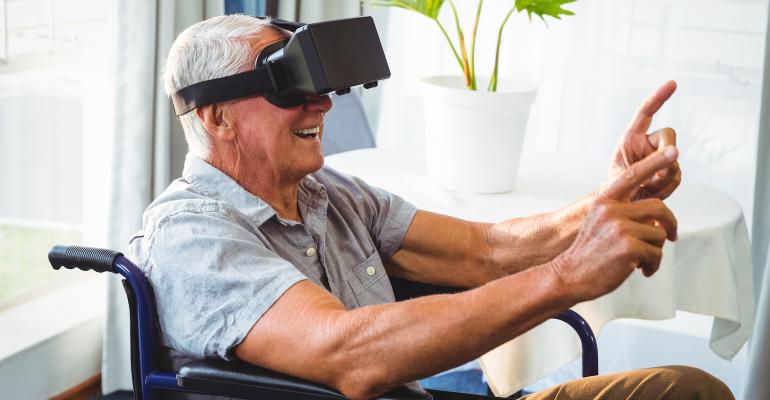The future of digital health was in the spotlight as experts from the US and UK came together for a virtual talk organised by AI Business, The Benefits of the Rise in Technology Applications in Patient-Centric Care.
Dylon O’Leary, Director of UK-based MyHealthcare, and Ron Li, Clinical Assistant Professor — Division of Hospital Medicine at Stanford School of Medicine and Medical Informatics Director for Digital Health and AI Clinical Integration at Stanford Health Care, offered views on topics ranging from VR to skillsets.
The session was held as part of the AI in Verticals Digital Symposium and was moderated by Matthew Brady, Head of Content, Omnia Health.
Stanford and Bay Area tech companies offer compelling opportunities
Businesses presently understand how a machine learning model looks, and many organisations already use AI in the healthcare space, Li started. However, understanding specifically how an AI-enabled clinical product integrated with care delivery may look remains a challenge. “In many ways, care is the product: we take care of patients,” he said.
Being part of the health system, Li is excited by the prospect of creating new applications for the first time, with Stanford University School of Medicine’s proximity to tech startups proving particularly beneficial. “There is importance in learning from technology companies and how they think about the product,” he said. “We can incorporate some of those learnings, develop and execute on care models that are made possible by digital and AI capabilities.”
Diversity and inclusion in data
An important consideration is understanding what goes into a data set, in terms of what is represented and what is not, Li continued.
“It is absolutely critical that we understand the effects of these technologies on different groups,” he explained. “Most importantly, the groups that are vulnerable and under-represented are the ones that are not receiving the right care. How can we make sure to elevate and support them and how can data play into this?”
In addition, there is the risk of bias in the data set itself, he highlighted, which could be amplified with machine learning models.
Li also raised the possibility of inequity propagated by the intervention itself – the care model – that is enabled by machine learning, whether through software, a device or workflow.
Virtual Reality and the metaverse
Virtual Reality (VR) is an “amazing” technology for calming patients and reducing fear, according to O’Leary, particularly ahead of major surgery. While cyber sickness could potentially be a problem, this can be mitigated by introducing VR technology that is not too sensitive to the motion of a user.
A secondary use case is training, which may be of particular interest to younger professionals. “I think this is very important because we need to get as many healthcare professionals as we can. This will inspire younger generations to get involved with healthcare.”
O’Leary described the metaverse as a virtual space that anyone could access. “I think it would be really useful if we were to have another pandemic because it can help people interact across a whole interface,” he said.
The future will be an integration of big data, blockchain technology and AI, as well as VR, he continued. “It is not necessarily a replacement for healthcare, as in the system we have today. I think this can be applied to future pandemics as well as generally in healthcare.”


